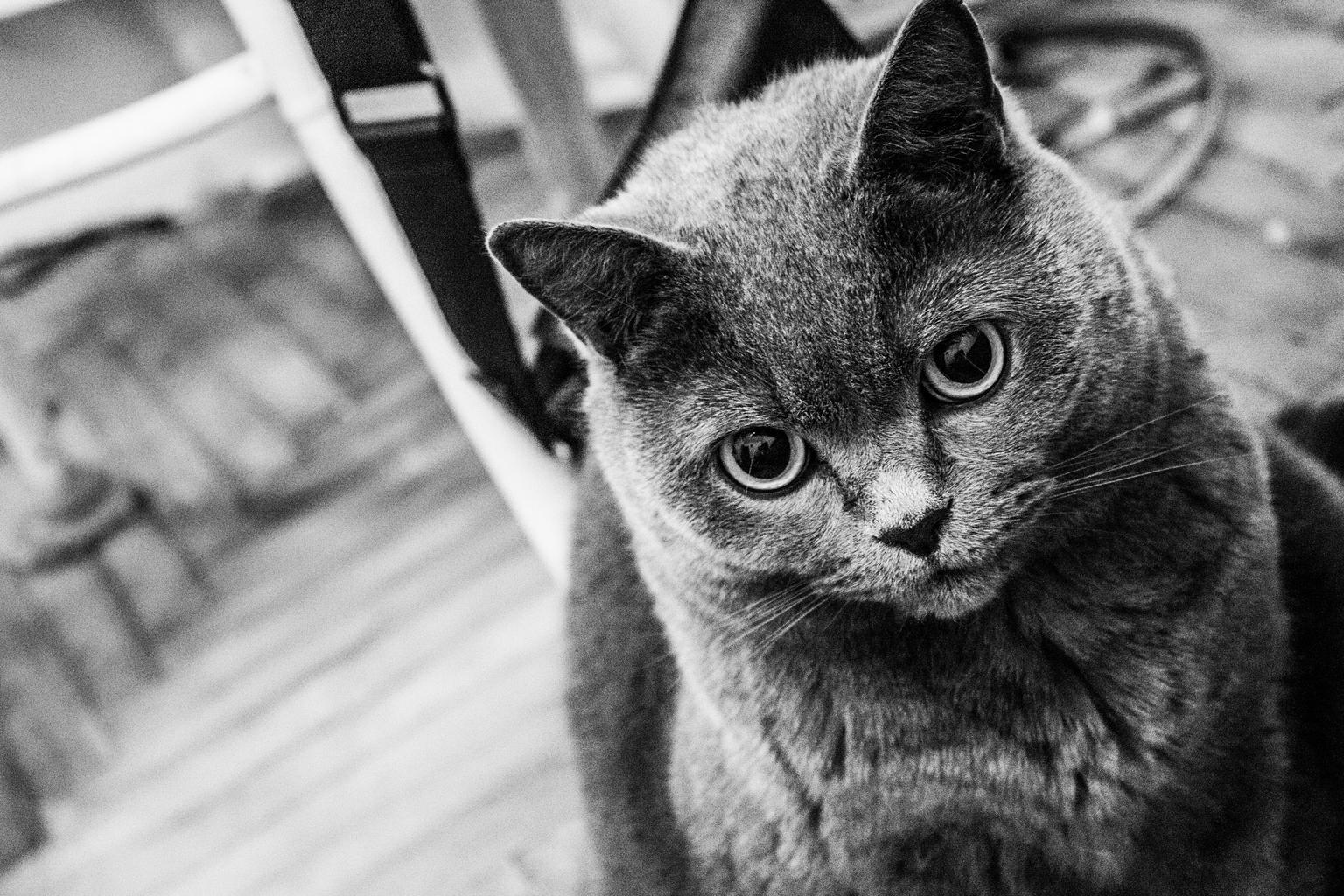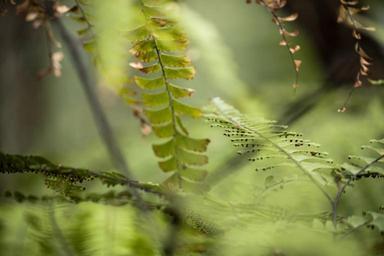Introduction
In the evolving world of art, printmaking has seen various techniques come and go. Among these, linocut stands out as a favorite for many contemporary printmakers. But what drives this preference? Is it the rich aesthetic that linocut prints provide, or perhaps the ease of accessibility compared to other methods? This article dives deep into the reasons behind the growing inclination towards linocut in today's artistic landscape, exploring its unique characteristics, advantages over traditional methods like woodblock printing, and how it resonates with self-expression in the modern age.
Understanding Why Linocut is Preferred by Today’s Printmakers
Linocut is a printmaking technique that involves carving into a linoleum surface to create images. Unlike woodblock printing, which uses carved wood to transfer ink onto paper, linocut offers a more flexible and forgiving medium for artists. Contemporary printmakers are drawn to this method for several reasons:
- Material Accessibility: Linoleum is readily available and inexpensive compared to traditional woodblocks. Ease of Use: The softness of linoleum makes it easier to carve intricate designs, allowing for greater creativity. Versatility: Artists can experiment with different colors and layers more easily than in woodblock printing.
For those interested in exploring their creativity through self-expression self portrait photography or contemplative photography, linocut provides an engaging avenue for artistic exploration.
The Aesthetic Appeal of Linocuts
One cannot discuss linocut without mentioning its aesthetic qualities. The bold lines and striking contrasts often found in these prints appeal to many artists seeking to make a statement.

Textural Richness
Linocuts offer a unique texture that adds depth to artwork. The tactile quality enhances visual interest, making them perfect for aesthetic photos wall arrangements or rare home interior pictures.
Color Experimentation
With linocuts, artists can play around with color combinations that may be challenging with other mediums. This experimentation aligns beautifully with modern trends in art photography, where aesthetic colorful portrait photography thrives.
A Comparison: Linocut vs. Woodblock Printing
Material Differences
Woodblock printing traditionally utilizes hardwoods like cherry or maple; however, these materials can be expensive and less accessible than linoleum sheets.
Carving Techniques
Carving into wood often requires specialized tools due to its hardness. In contrast, the softer nature of linoleum allows artists to use standard carving tools without extensive training.
Printing Process
The process of printing also differs significantly between the two methods. Linocuts allow for more straightforward application of ink and quicker registration during multi-color prints.
The Role of Self-Expression in Art Photography
Understanding Self Portrait Photography Definition
Self-portrait photography serves as an intimate medium for expressing one’s identity and emotions—similar to how artists use https://www.oskuleinonenphotography.com/Contemplative-Photography-And-Empowering-Images linocut prints to convey their thoughts visually.
Exploring Faceless Self Portrait Ideas
Many contemporary photographers explore faceless self portraits as a way to engage viewers without revealing their identities fully. This mirrors the anonymity often found in abstract self portrait photography.
The Connection Between Contemplative Photography and Printmaking
Contemplative photography emphasizes mindfulness—an approach that resonates well with the intentionality required in creating linocuts.
What is Contemplative Photography?
It's about capturing moments that evoke thoughtfulness rather than just visual pleasure. Artists using linocut often adopt similar philosophies when crafting their pieces—focusing on emotional resonance over mere aesthetics.

Practical Applications of Linocut Prints
Decorating Spaces with Linocuts
Linocuts can serve as striking focal points in home decor:
1. Aesthetic Photos Wall
Creating an aesthetic photo wall with original prints lends authenticity and artistry to any space.
2. Large Canvas Hangings
When considering how to hang large canvases featuring your favorite linoprints, think about balance and symmetry within your environment.
Why Do Many Contemporary Printmakers Prefer Linocut?
1. Accessibility
Linoleum is available at most craft stores; thus, it democratizes art-making by allowing anyone interested in creating prints access to materials without breaking the bank.
2. Flexibility
Artists appreciate the ability to modify their designs quickly before committing them permanently—a luxury not afforded by harder materials like wood.

3. Community Engagement
Linocutting workshops have become popular among art communities worldwide; they foster collaboration while introducing newcomers to printmaking techniques.
FAQs about Linocut Printing
Q1: What tools do I need for lino printing?
- You’ll need carving tools (like gouges), a soft brayer (roller), ink specifically designed for printmaking, a surface on which you will roll out the ink (like glass or acrylic), and paper meant for printing.
Q2: Can I use regular paint instead of printmaking ink?
- While you might get some results using regular paint, it's not recommended since printmaking inks are designed specifically for this purpose—they dry slower and provide better adhesion during pressing.
Q3: How do I maintain my carved blocks?
- Keep your blocks clean after each use; wipe them down gently with water (if needed) but avoid soaking them entirely since moisture can warp or damage them over time.
Q4: Are there any specific techniques I should know as a beginner?
- Start simple! Focus on basic shapes before moving onto intricate designs until you feel comfortable handling your tools effectively.
Q5: How long does it take for ink from my block to dry?
- Drying times vary based on humidity levels—typically anywhere from several hours up to overnight depending on environmental conditions!
Q6: Does linoprinting work well on fabric?
- Absolutely! Many artists enjoy using lino blocks on fabric surfaces; just make sure you’re using textile inks specifically made for such applications!
Conclusion
Understanding why many contemporary printmakers prefer linocut over traditional methods reveals much about our current artistic climate—one that values accessibility, innovation, and personal expression through art forms like self portrait photography or contemplative photography. Whether you're hanging aesthetic photos wall displays filled with vibrant colors or trying your hand at creating your own piece through this versatile medium—linoprinting invites everyone into an engaging world where creativity knows no bounds!
By delving into techniques such as these while embracing unique approaches like abstract self portrait photography alongside traditional craftsmanship—you'll find endless opportunities waiting around every corner! So grab those tools & start exploring what lies ahead—the journey itself promises plenty!